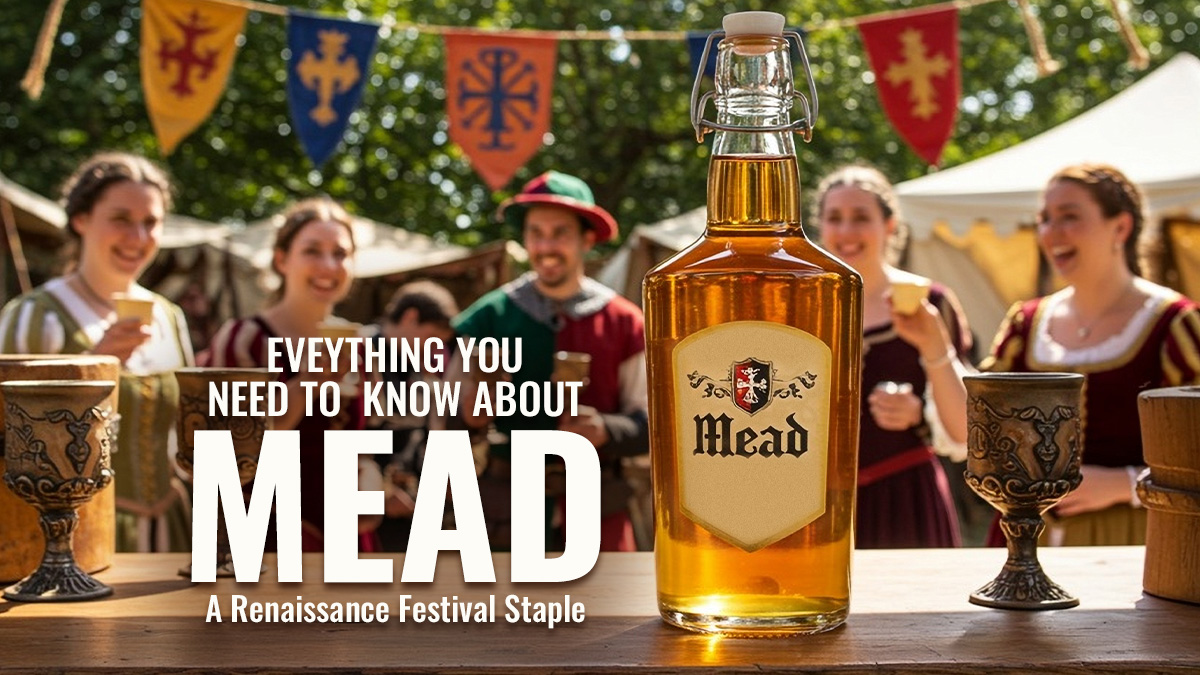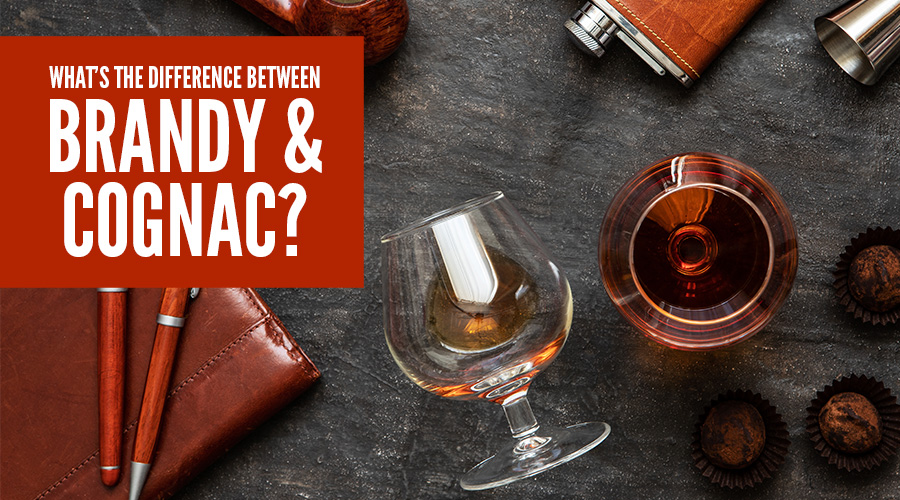
Cognac Vs Brandy
Brandy and cognac are two renowned spirits with deep-rooted histories that captivate connoisseurs around the world. While both are derived from grapes and share similar production methods, there are fundamental factors that set them apart. Join us as we delve into the fascinating world of both beverages, explore their origins, production techniques, aging processes, flavor profiles, and more.
Both brandy and cognac trace their roots back to the first discoverings of distillation techniques. Brandy, derived from the Dutch word “brandewijn” meaning “burnt wine,” has a history dating back to the 12th century and was first used as a medicine until it gained popularity as a beverage across Europe. Cognac, however, originates from the Cognac region in southwestern France and was established as a unique spirit in the 17th century.
What is Brandy?
Brandy comes in a wide variety of styles, each with its own unique characteristics. Some of the most well-known brandy styles include:
Grape Brandy: This type of brandy is made exclusively from fermented grape juice and is the most common and popular variety. Grape brandy can vary in style and flavor profile based on the grape varietals used, the distillation method, and the aging process.
Fruit Brandy: Fruit brandies are made from fermented fruit other than grapes. Each fruit brings its own distinctive flavors to the brandy, resulting in a diverse range of fruit brandy options. Popular examples include apple brandy (known as Calvados), pear brandy (known as Poire Williams), and cherry brandy (known as Kirsch).
Cognac: Cognac is a type of brandy that holds a prestigious status due to its specific origin in the Cognac region of France. Made primarily from Ugni Blanc grapes, cognac is double-distilled in copper pot stills and aged in French oak barrels. It is known for its refined and complex flavor profile, ranging from floral and fruity notes in younger expressions to rich and spicy nuances in older ones.
Armagnac: Another esteemed French brandy, Armagnac, hails from the Gascony region. It is typically made from a blend of grape varietals, including Ugni Blanc, Colombard, and Baco Blanc. Armagnac often has a more rustic and robust character compared to cognac, with flavors that range from fruity and floral to earthy and spicy.
How is Brandy produced?
Harvesting: The grapes are harvested when they reach the optimal level of ripeness. This typically occurs in late summer or early autumn. The grapes are carefully handpicked to ensure the best quality.
Pressing and Fermentation: The harvested grapes are pressed to extract the juice. The juice is then fermented in stainless steel or wooden vats. The fermentation process converts the sugars in the grape juice into alcohol. The resulting product is a low-alcohol wine, typically around 7-8% alcohol by volume.
Distillation: The fermented wine is distilled in traditional copper stills known as “Charentais” stills. The distillation process takes place in two stages:
Brouillis: The wine is distilled for the first time in a “brouillis” distillation. This initial distillation produces a raw spirit called “brouillis” or “wine brandy” with a higher alcohol content.
Bonne Chauffe: The brouillis is distilled for a second time in a “bonne chauffe” distillation. This distillation separates the spirit into three parts: the “heads” (initial high-alcohol and impure fraction), the “heart” (the desired middle fraction with the best flavors), and the “tails” (the final low-alcohol and impure fraction). Only the heart portion is used for cognac production.
Aging: After distillation, the eau-de-vie (the distilled spirit) is aged in oak barrels. The barrels are typically made from Limousin or Tronçais oak, as they impart specific flavors and aromas to the cognac. The eau-de-vie must age for a minimum of two years in oak barrels, but many cognacs are aged for much longer periods, often decades. During the aging process, the cognac develops complex flavors, colors, and aromas as it interacts with the wood.
Blending: Cognac production often involves blending different eaux-de-vie from various barrels and vintages. Master blenders meticulously select and combine different aged eaux-de-vie to create a harmonious and consistent flavor profile. This blending process requires expertise and a deep understanding of the different eaux-de-vie’s characteristics.
Bottling: Once the desired blend is achieved, the cognac is usually diluted with demineralized water to achieve the desired alcohol strength, typically around 40% ABV. It is then filtered and carefully bottled, ready for distribution and consumption.
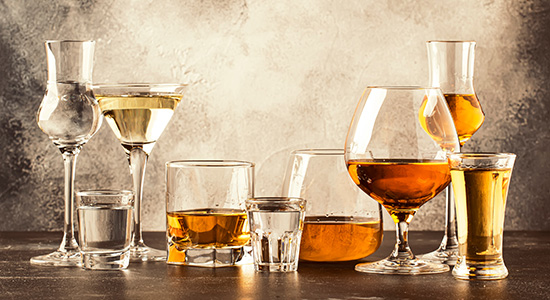
What is Cognac?
Cognac is a prestigious and revered type of brandy that holds a distinct place in the world of spirits. It is renowned for its refinement, complexity, and strict production regulations. By law, cognac must be aged in French oak barrels for a minimum period of two years. However, many cognacs are aged for much longer, and the age designation on the label indicates the youngest eau-de-vie (the distilled spirit) used in the blend. Common age designations include:
VS Cognac (Very Special)
The youngest eau-de-vie in the blend has been aged for a minimum of two years.
VSOP Cognac (Very Superior Old Pale)
The youngest eau-de-vie in the blend has been aged for a minimum of four years.
XO Cognac (Extra Old)
The youngest eau-de-vie in the blend has been aged for a minimum of ten years.
The Cognac region is divided into several appellations, each with its own distinct characteristics. The primary appellations are Grande Champagne, Petite Champagne, Borderies, Fins Bois, Bons Bois, and Bois Ordinaires. Grande Champagne and Petite Champagne are highly regarded for producing the finest and most sought-after cognacs, known for their elegance, finesse, and exceptional aging potential.
Cognac is typically savored neat or on the rocks to fully appreciate its intricate flavors and aromas. Its richness and complexity make it a delightful spirit for contemplative sipping. Cognac also lends itself well to the creation of sophisticated cocktails, such as the classic Sidecar or the elegant Sazerac.
How is Cognac produced?
The production of cognac involves several key steps:
Harvesting and Fermentation: The grapes are harvested and pressed to extract the juice, which is then fermented. The fermentation process converts the sugars in the juice into alcohol, resulting in a wine with about 7-8% alcohol by volume.
Distillation: The next step is distillation, which takes place in traditional copper stills known as “Charentais” stills. The wine is distilled twice, first in a “brouillis” distillation and then in a “bonne chauffe” distillation. This process helps concentrate the flavors and increase the alcohol content.
Aging: After distillation, the clear spirit, known as eau-de-vie, is placed in oak barrels for aging. The barrels used are typically made from Limousin or Tronçais oak, which imparts unique flavors and aromas to the cognac. The aging process must take place for a minimum of two years in French oak barrels.
Blending: Cognac production often involves blending different eaux-de-vie from various barrels and vintages to achieve a consistent and desired flavor profile. Master blenders carefully select and combine different aged eaux-de-vie to create the final product. This blending process is a crucial aspect of cognac production and requires expertise and experience.
Bottling: Once the desired blend has been created, the cognac is usually diluted with water to achieve the desired alcohol strength, typically around 40% ABV. It is then filtered and bottled, ready for distribution and consumption.
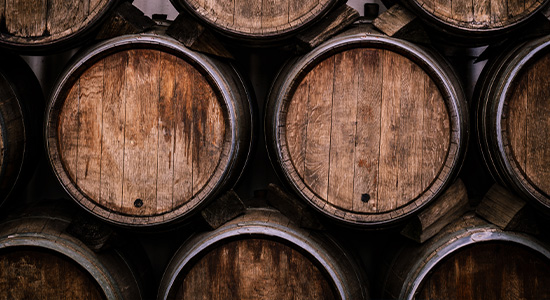
Aging and Maturation
One of the most significant differentiating factors between brandy and cognac is in their aging and maturation processes. Brandy can be aged in a multitude of wooden casks, including oak, which contributes to its rich flavor profiles and color spectrum. However, there are no specific regulations regarding the aging period for brandy. This is up to the discretion of the producer.
Cognac, however, is subject to strict regulations regarding aging and maturation. French law mandates that cognac must be aged in French oak barrels for a minimum of two years. The aging process imparts unique characteristics to cognac, such as the development of complex aromas, smoothness, and its distinct amber hue. Cognac producers often age their spirits for longer periods, with labels indicating the age designation (VS, VSOP, XO, etc.).
Flavor Profiles
Brandy and cognac have striking differences in terms of flavor profiles. Brandy, due to its production method and often shorter aging periods, offers a range of flavors that can be fruity, spicy, and occasionally slightly sweet. Drinking brandy often offers a robust drinking experience due to its fuller body and higher alcohol content.
Cognac, renowned for its finesse and complexity, presents a broader spectrum of flavors. Depending on the age designation, cognacs can be floral and fruity in younger expressions, while older ones boast flavors of oak, vanilla, spice, and dried fruits. The intricate blending process employed by cognac producers ensures a harmonious balance of flavors and a refined drinking experience.
Spec’s Recommends: Brandy
Above all else, Spec’s recommends you experiment with different brands, different flavor profiles, & different price points, just to learn what you like! But, if you’re just starting out on your Brandy journey, here are a few notable bottles to pick up next time you’re in one of our stores:
Harley Brandy
Bright copper in color, Hartley VSOP delights with a rich aroma of fresh buttered rum cake that wafts through the nose. The palate is an opulent smorgasbord of rich fruits. Asian pear, orange peel and juicy apricots drizzled with vanilla shine brightly. The finish is clean and crisp leaving the senses refreshed.
Christian Bros Brandy – Sacred Bond
California- Bottled in Bond brandy, four years old, 100 proof. Aged in white oak bourbon barrels, this brandy is small batch distilled in copper pot stills the same way it was over 75 years ago. Notes of apple, caramel, vanilla, and wood spice. Best used in cocktails.
Ciroc Brandy
Crafted from fine French grapes and distilled in the south of France in traditional Alembic copper pot stills, our brandy offers unparalleled smoothness and elegance. To be simple, our spirit is best enjoyed neat or on the rocks. Luxurious smoothness and elegance featuring rich notes of fresh fruit, vanilla, and a hint of French oak.
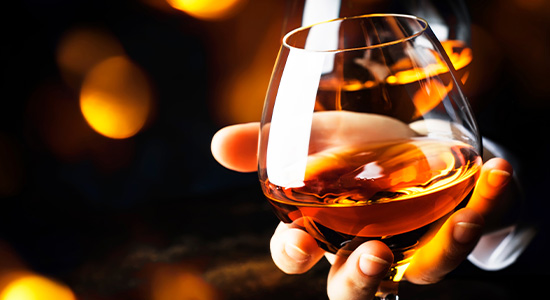
Spec’s Recommends: Cognac
Here are a few Cognac brands we carry, but there are so many elements to consider when shopping for a bottle to take home. The below is by no means an exhaustive list, just a few to get you started:
Davidoff Cognac
Powerful and fruity with hints of honey and tobacco. A superb balance can be found between the VSOP’s fruity and woody elements. A long and elegant finish with hints of wild cherry tree.
Branson Cognac
Branson Cognac is produced by famed French Cognac producer Raymond Ragnaud and owned by Curtis Jackson, also known as 50 Cent. This collaboration has led to a product that is focused on high quality rooted in the tradition of Cognac.
The spirit is developed using only one grape varietal called Ugni Blanc, and is aged in French Oak barrels. Aged for a minimum of five years, Branson is classified as a 100% Grand Champagne Cognac, which is a highly regarded title that shows it has purely been developed in that particular region of France.
Martell Cognac
Martell VSOP is made from a blend of eaux-de-vie of which the youngest has aged for at least 4 years. Martell VSOP is a perfect harmony of generous fruit and refined woody overtones. It perfectly highlights Martell’s unique aging style. Intense aromas of ripe yellow fruits: mirabelle plum, greengage, apricot and vine peach. An elegant and perfectly balanced cognac. Generous fruit notes. Hints of wood and soft spices.
Prunier Cognac VS
The Prunier VS Cognac is a good blend created from aux-de-vies from the Petite Champagne, Fins Bois, and Bons Bois terroirs. This interesting mix has created a surprisingly complex taste for such a young cognac. This was confirmed by judges at the 2007 London International Wine & Spirit Competition by being awarded a bronze medal.
Enjoy cold on the rocks or mixed with tonic or perhaps as a base ingredient in your favorite cocktail.
Brandy & Cognac Pairings
Dark Chocolate: The rich and complex flavors of brandy & cognac beautifully complement the deep, bittersweet notes of dark chocolate. Pairing a fine brandy or cognac with a piece of high-quality dark chocolate creates an indulgent combination.
Cheese: Brandy pairs exceptionally well with a variety of cheeses. Try it with creamy Brie, aged Gouda, or sharp Cheddar. The smoothness and warmth of brandy harmonize with the savory, tangy, and nutty flavors of different cheeses, creating a delightful contrast.
Cigars: Both spirits and cigars are a classic combination, as they both offer complex flavors and aromas. The smoky and earthy notes of a well-aged cigar can beautifully complement the rich and nuanced flavors of cognac, creating a luxurious sensory experience.
Nuts: Whether it’s almonds, walnuts, or pecans, nuts are a classic pairing. The richness of the nuts create a harmonious balance of flavors and textures.
Dried Fruits: Brandy’s fruity notes can be enhanced by pairing it with dried fruits such as apricots, figs, or raisins. The natural sweetness and concentrated flavors of the dried fruits complement the brandy, creating a delightful contrast.
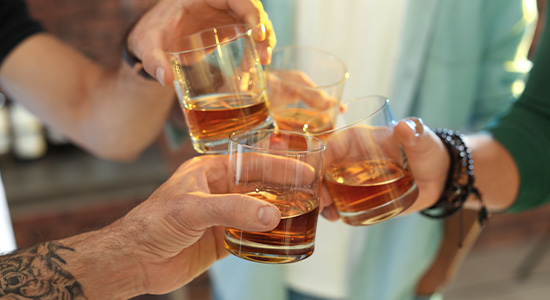
How to Enjoy Brandy & Cognac
There are so many different ways to savor these incredible spirits. Here are just a few:
Neat: Many enthusiasts prefer to drink brandy and cognac neat, at room temperature, without any additional mixers or ice. This allows you to fully appreciate the complex flavors, aromas, and smoothness of the spirit. Take small sips, allowing the liquid to rest on your palate to fully explore its nuances.
Tulip Glass: When drinking brandy or cognac neat, it is often recommended to use a snifter or tulip-shaped glass. These glassware designs allow the aromas to concentrate, enhancing the tasting experience. Hold the glass by the stem or base to avoid warming the liquid with your hands.
Add a Splash of Water: Some individuals prefer to add a small amount of room temperature water to their brandy or cognac. This can help to slightly lower the alcohol content, which may make it easier to taste the subtle flavors.
On the Rocks: If you enjoy a slightly chilled drink, you can pour brandy or cognac over ice. However, be aware that as the ice melts, it can dilute the spirit and potentially alter the flavors. Consider using larger ice cubes or spheres to slow down the melting process.
Mixed Drinks and Cocktails: Brandy and cognac are also versatile spirits that can be used in a variety of cocktails. From classics like the Sidecar or Brandy Alexander to creative mixology creations, there are numerous recipes that incorporate these spirits.
Next time you find yourself contemplating a sip of these exquisite spirits, take a moment to appreciate the intricate craftsmanship and the stories behind the bottles. Brandy and Cognac are not merely beverages; they are expressions of art, history, and culture, inviting you to indulge in a truly extraordinary experience.
Copyright 2023 Spec’s Wines, Spirits & Finer Foods. All rights reserved. This material may not be published, broadcast, rewritten, or redistributed.


